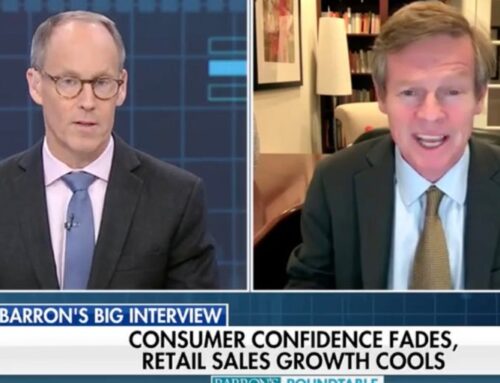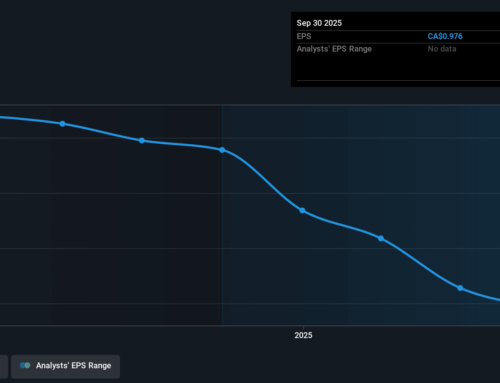US electricity prices are surging. These Louisiana companies want out.
March 31, 2025
“Horrifying.” That’s what one consumer advocate calls a projected 90% increase in electricity prices for customers of electric utility, Entergy Louisiana, between 2018 and 2030.
Similar spikes in the cost of electricity are happening across the United States driven by the need to run data centers and power-hungry industries, replace old power plants and repair damaged infrastructure from more frequent storms, floods and fires supercharged by climate change.
“Louisiana is a microcosm of what’s happening nationally, but it is happening at a breakneck speed in a way that residents … are not protected. And that is not OK,” said Logan Atkinson Burke, executive director of the nonprofit Alliance for Affordable Energy.
In Oregon, residential rates have increased 50% in the last five years. Residents in 13 mid-Atlantic states will see their bills increase 10% this year. Last month, Florida Power & Light requested an increase of $9 billion — possibly the largest requested rate increase in U.S. history. It would boost power bills for many in the state by 22% according to the watchdog environmental group, Food and Water Watch.
“The current system is not sustainable,” said Joshua A. Basseches, an assistant professor of environmental studies and public policy at Tulane University, who argues that new options must be considered on who produces and who pays for electricity. “Otherwise rates will only continue to go up.”
Louisiana’s industries, which use more than 40% of the electricity in the state, say they have a solution: allow them, not Entergy, to build or buy power for some of their needs. The industries also want something Entergy Louisiana does not offer enough of: renewable sources of energy. Louisiana is 44th in the United States for renewable energy generation, with just 3.2% of its electricity coming from wind, solar or hydropower.
“We believe we can do some things to help avoid Entergy having to build some of that generation and do it in a way that benefits all the ratepayers for the most economic development,” said Randy Young, a lawyer for Kean Miller who represents the Large Energy Users Group (LEUG), which consists of 28 companies with 92 facilities across Louisiana including Dow, Monsanto and ExxonMobil.
Rate hikes pile up for residents
Over the past year, Entergy Louisiana has received permission to charge residents about $7 a month to harden the electric grid. It wants to charge customers another $1 per month to pay for damage from Hurricane Francine — on top of the $20 customers are paying for previous hurricane damage. On Wednesday, it received approval to build power lines for a new steel plant that will cost its residential customers roughly an additional $1.50 a month.
Those are just some of Entergy’s 17 capital projects pending in front of Louisiana’s state regulatory authority, the Louisiana Public Service Commission. Financial consulting firm BAI Group used the estimated cost of those projects to forecast the 90% base rate increase for Entergy Louisiana’s customers.

BAI Group
/
Louisiana Large Energy Users Group
A utility spokesperson said the BAI forecast is misleading and an attempt to justify LEUG’s proposal to build or secure its own generation, which Entergy Louisiana said “could shift hundreds of millions of dollars in electric costs annually from industrial users to commercial and residential customers.”
The billions of dollars of costs for capital projects developed by Entergy — or any utility in a state like Louisiana that gives monopoly status to electric utilities — are spread across customers because, in theory, they all benefit from improvements to the system.
LEUG said since its members are the reason some of those projects are needed, it would be cheaper and better for all customers if the industries took on the risks of acquiring their own generation. Such a change would eliminate the need to charge all customers for a power plant only it would use.
But if that option results in the industry using less power from Entergy, or industries pay less for things such as storm recovery or grid improvements, the rest of the customers in the state might have to take on those costs, Entergy Louisiana spokesperson Brandon Scardigli said.
“Base rates cover fixed costs such as generation, transmission and distribution,” he said.
Scardigli added that despite the rate increases, the utility continues to provide efficient generation that allows it to charge the second lowest industrial rates in the nation. He also pointed to Entergy’s lack of reliance on some of the dirtiest fuels, including coal, to generate electricity.

Louisiana PSC YouTube channel
Industries seek renewables Entergy doesn’t provide
Back in 2019, LEUG asked the commission to investigate allowing industrial facilities to acquire renewable power on their own, sell some of the power cogenerated by their facilities or possibly even leave the Entergy system.
One of the group’s arguments is that its members — mostly petrochemical companies — need to acquire more renewable energy. Wind, solar and other renewable options are needed to meet environmental mandates from their companies or their clients, it said.
To date, Entergy Louisiana has almost no renewable power in its system. The company has received permission from the commission to acquire 3,000 megawatts (MW) of renewable energy — more than 10 times its current amount — in part to serve those industrial customers.
Entergy also plans to acquire 1,500 MW of solar power to offset the carbon emissions from the gas plants needed for a massive Meta data center proposed for north Louisiana.
Louisiana wind energy proponents change strategy as Trump pauses development
Wind energy has gained some momentum in Louisiana, where there has been bipartisan support for policy to launch the alternative power source off its coast. But that push faces hostility from the Trump administration, which has halted all offshore wind energy development in federal waters for the time being.
“You know, Entergy is one of the most powerful companies in our state, and my question remains, where’s all the renewable energy that they say that they want?” said Burke, noting that Entergy is expediting the build out of natural gas fired plants.
Last year, the public utility commission allowed Louisiana industrial users to negotiate directly with renewable energy providers. But none has taken advantage of that option, because Entergy still is the middleman in the transaction.
In December, a long-awaited Public Service Commission report on the possibility of industrial users trading or selling their excess cogeneration was released. The report put off any recommendations for cogeneration until after further analysis.
After the report, Entergy and other utilities argued it was time to shut down the entire proceeding. “After more than five years, (it) has run its course,” the utility said in a filing with the commission.
Rather than wait for staff reports and commission approval, the industrial users group has now proposed to acquire 1,500 MW of solar generation for their operations and allow 2,000 MW of industrial co-generated power to be sold or traded.

Entergy Louisiana
Entergy Louisiana started operation of the Sunlight Road Solar farm in November 2024. The company has just 230 megawatts (MW) of renewable power in its system. Industrial users want much more and have proposed bypassing Entergy and acquiring 1,500 MW of renewables on their own. (Entergy Louisiana)Unless the commission approves an alternative, Louisiana will be “left with only one option to consider — which is the continued spending and rate increases as proposed by Entergy,” LEUG said.
The commission is expected to take up Entergy’s motion to end the proceeding at its April 16 meeting in Many, Louisiana, in the west-central part of the state.
Said Burke: “We need to do something different, because the trajectory that we’re on is not acceptable. We are at a very clear inflection point that the commission has a responsibility to consider all the possible options.”
Ari Peskoe, director of the Electricity Law Initiative at Harvard Law School, said the recent rate increases across the nation are “astonishing.” He specifically called out monopoly systems in the Southeast.
“There is no silver bullet here,” he said, “but engaging the broader power industry through competition should be on the table.”
Floodlight is a nonprofit newsroom that investigates the powerful interests stalling climate action.
Search
RECENT PRESS RELEASES
Related Post





